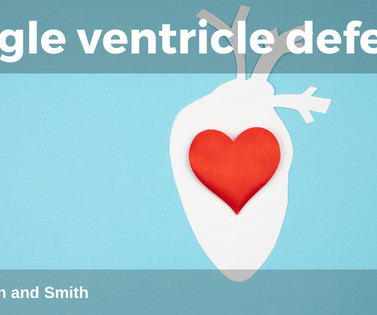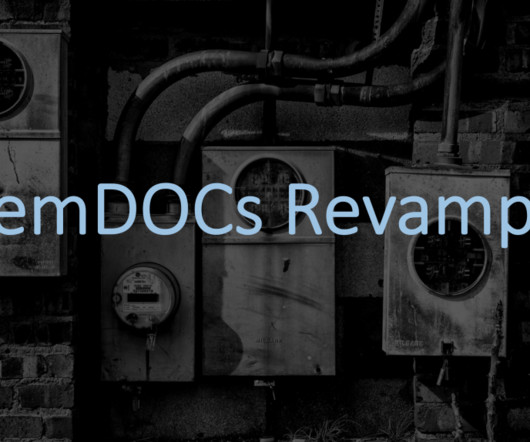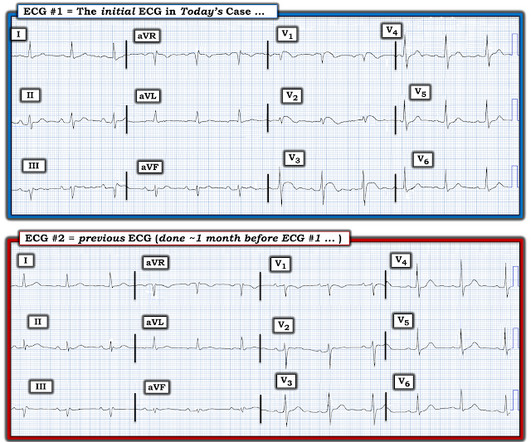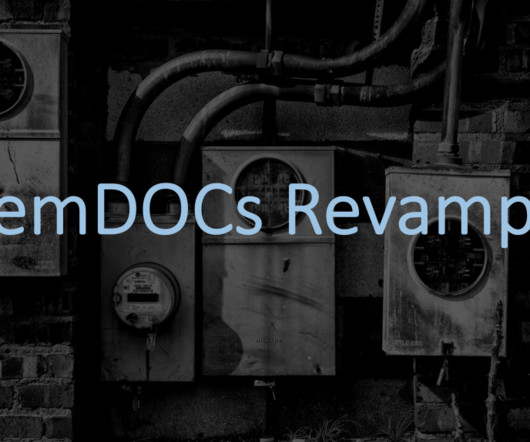Chemical Burns
Mind The Bleep
OCTOBER 29, 2024
Alkali burns result in liquefaction necrosis, allowing for deeper tissue injury as well as vascular injury that can lead to both local and systemic toxicity [1]. Exposure Expose the patient in a systematic manner while keeping remaining body areas covered e.g. 1 limb at a time, to reduce the risk of hypothermia. 2013 May;74(5):1363-6.
























Let's personalize your content